Documentaries are known for their breathtaking imagery and their informative nature. Mission Blue (2014)–available on Netflix–is no different.
Mission Blue was written by Mark Moore and Jack Youngelson and directed by Robert Nixon and Fisher Stevens. Stevens acts as one of the narrators in the documentary, with the other narrator being Sylvia Earle.
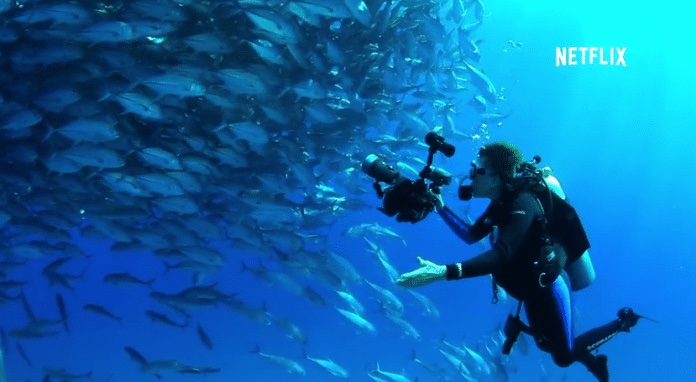
Who Is Sylvia Earle?
Sylvia Earle is an oceanographer and marine biologist who has spent alot of her life in or around water, specifically oceans. The documentary goes from talking about Earle’s life and everything she has accomplished to the primary issue the documentary is covering. A good introduction to who Sylvia Earle is is through her quote: “If I seem like a radical, it may be because I see things that others do not… I think if others had the opportunity to witness what I have seen in my lifetime, what I see when I go diving, and the perspective that I’ve gained from thousands of hours underwater, I would not seem like a radical at all.”
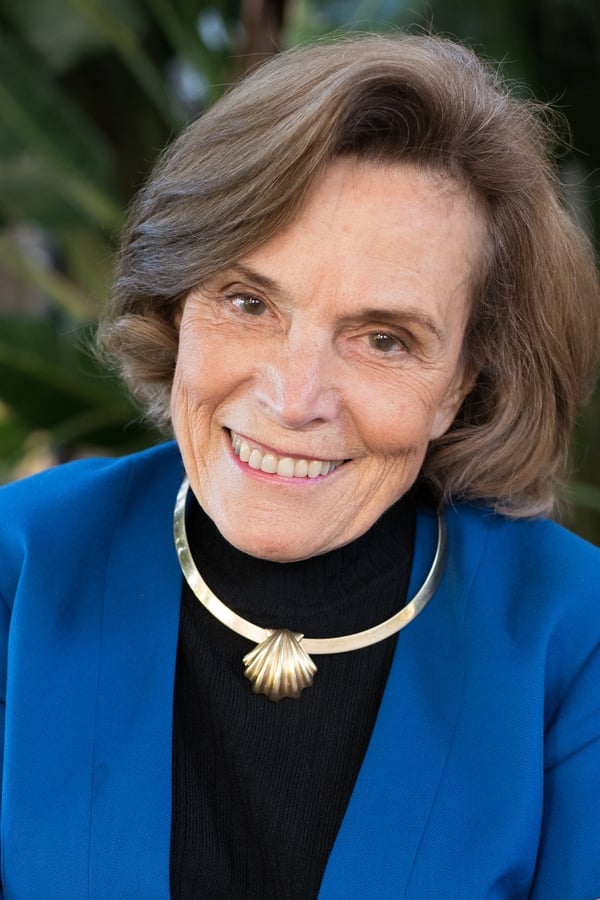
Earle describes her love of exploring and nature as a child. Sometime later, she was inspired by William Beebe–a marine biologist and deep sea diver–and Jacques Cousteau’s Silent World. Seeing what they did underwater inspired her to explore it herself.
In 1964, Earle went on the International Indian Ocean Expedition. It was an expedition meant to “document the nature of what lived in the ocean” and go into waters no one else had explored. She and a group of seventy men spent six weeks in the Indian Ocean researching what lived there. In the same year, she went on another expedition on the same ship, this time to the Southern Pacific.
Earle’s next research project was in the Tektite II. The Tektite II was an underwater research base. It allowed whoever was staying in it to spend days under the water. Earle spent two weeks in Tektite II with five other women submerged underwater. During the day, the crew would spend 10-12 hours in the water, exploring the area. This event launched Earle into the public eye, making her the face of women scientists.
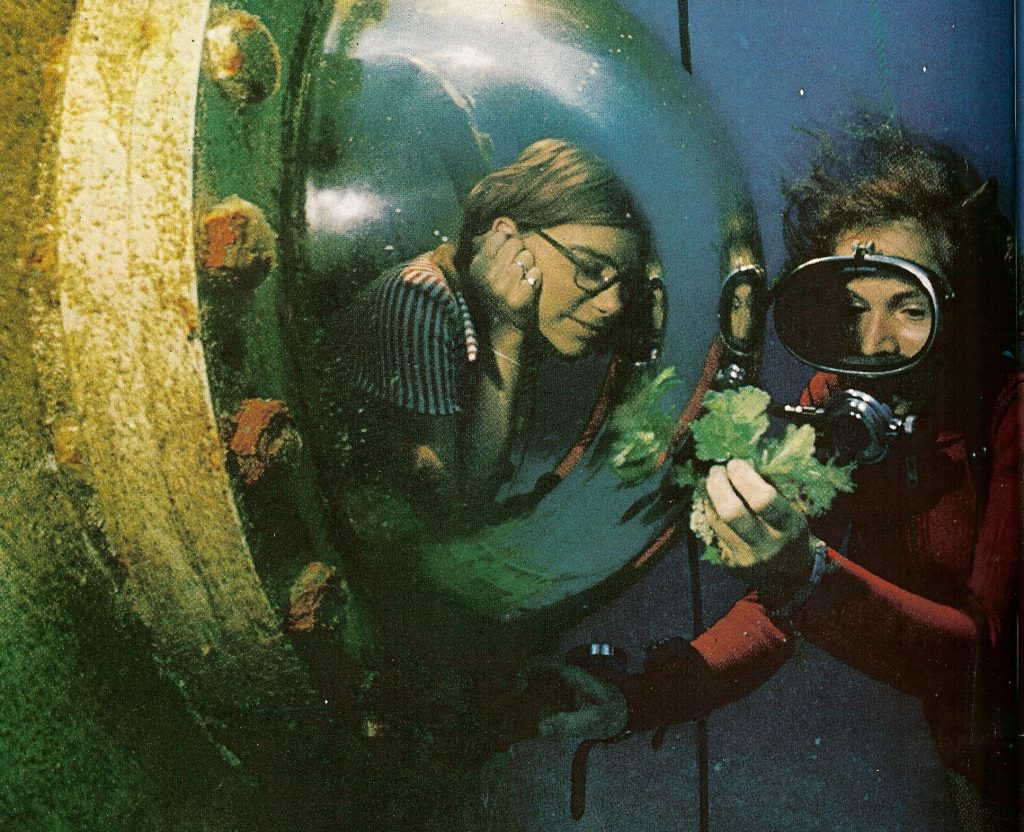
From there, Earle continued to work. She was the first woman to dive below one thousand feet. In order to make the dive, she wore a JIM suit. The suit allowed her to walk on the ocean floor. After that, she started a company that built submarines.
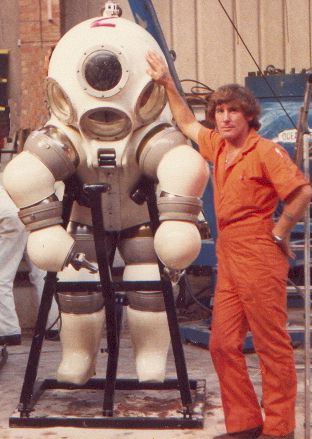
In 1990, Earle became the chief scientist for the National Oceanic and Atmospheric Administration (NOAA). She talks about her experience with it, saying: “Well… Much as I value the experience, it was stifling. I never deliberately said anything as Chief Scientist that I didn’t believe, but I was asked to not speak on occasions because they knew what I would say.”
Earle returned to her life as a public citizen and continued fighting for oceans. She created “Mission Blue,” which the documentary was aptly named after. The idea behind the organization is to “protect the ocean in the same way we now protect the land.”
The Message of Mission Blue
While the documentary talks about Sylvia Earle and why she is important, it spends the rest of the time providing reasons why people should care about the ocean. Through the documentarian and Earle’s eyes, we see the decay and destruction of the oceans. The documentary has many notable quotes and statistics that grab your attention and almost force you to care.
A fair amount of the documentary’s visuals are of life underwater. Many of these are breathtaking images of creatures swimming or bright coral. However, with the positive and beautiful comes the negative and ugly. We see unethical overfishing followed by alarming statistics. One statistic about overfishing said that in 2014, 5% of the Bluefin Tuna, 10% of the shark, and 5% of the North Atlantic Cod’s 1950 population remained.
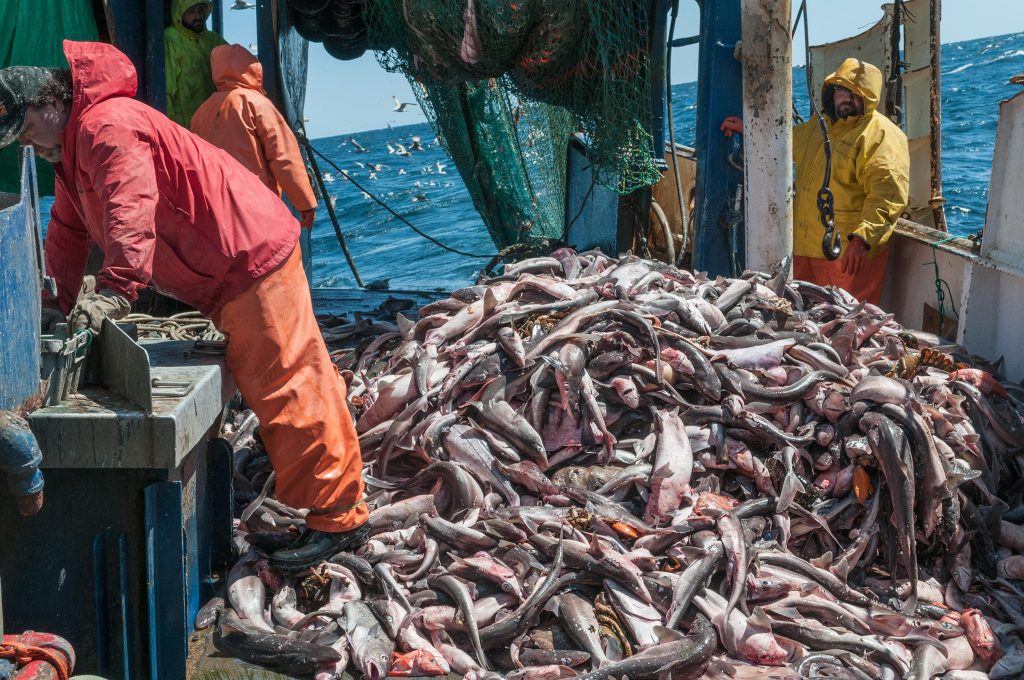
The documentary explains how overfishing creates many holes in the ecosystem. With the increase in certain populations and the increase in carcasses floating around because of unethical fishing practices, oxygen is in high demand. When oxygen is in high demand, some of the organisms that rely on it don’t get enough and die. While that might not seem like it would impact us, it does. A quote from Stevens–one of the narrators–explains: “The bottom of the ocean’s food chain, plankton, as well as plants like algae and seaweed, generate more than half the oxygen we breathe.”
It is a harsh reminder that the ocean is crucial for our survival. Not only do the organisms in it help provide oxygen, but the ocean acts as a temperature regulator for the planet.
While we see a glimpse of how much we take out of the sea, we also see a glimpse of what we have put into the sea. Visuals of trash sitting on a calm and dark ocean floor are accompanied by Earle’s quote: “I have yet to take a dive, even in the deepest dive I’ve ever made, and not see tangible evidence of our presence, to see trash, junk, on the bottom of the ocean, two and a half miles down. Things collect there and just continue to gather.”
The end hits you hard before giving you its final inspiring message of hope. It does this by talking about Holmes Reef in the Coral Sea, about 108 nautical miles off the shore of Australia. Earle gets Stevens and the audience excited to see it and explains her hopes to protect it. However, when they arrive they find the coral almost completely dead. The heartbreak in Earle’s voice and expression comes through the screen. It is a callback to another one of Earle’s quotes: “About half of the corals are gone, globally, from where they were just a few decades ago. The ocean is dying.”
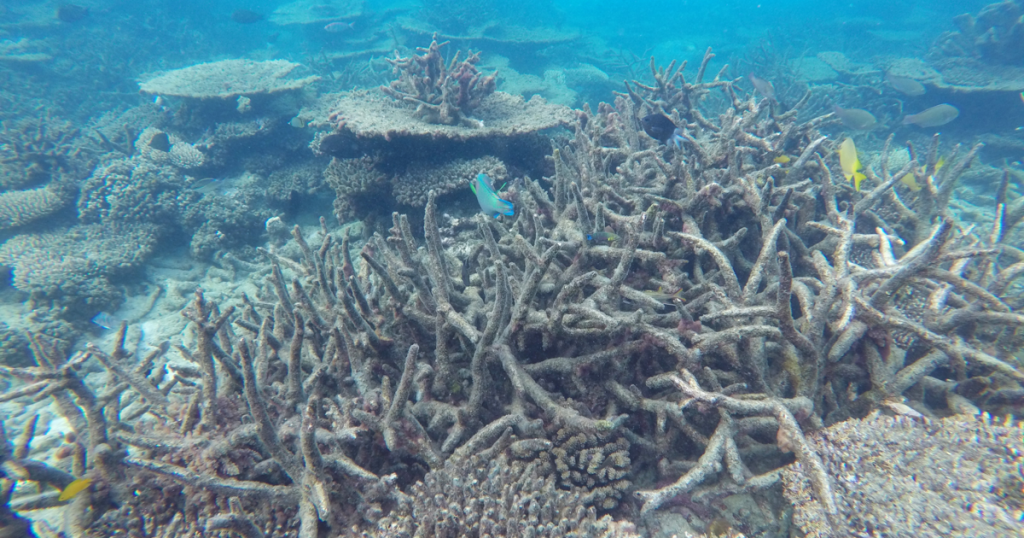
Despite all of this, the end of the documentary urges the audience that they can make a difference. Earle talks about Hope Spots, areas in oceans that are protected similarly to how national parks are protected. As the audience, we are asked to care about the ocean and pay attention to what is happening to it.
Leave a Reply